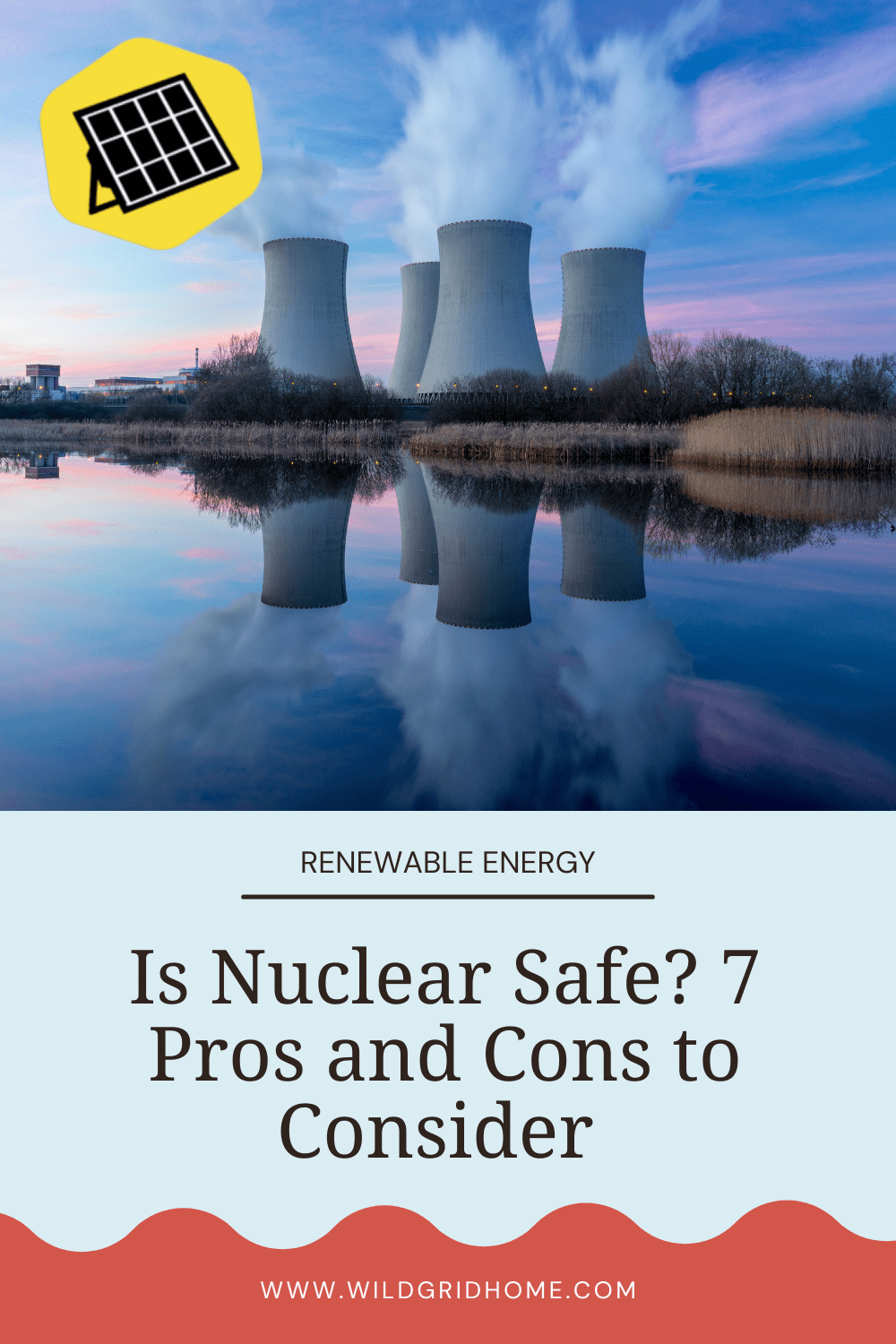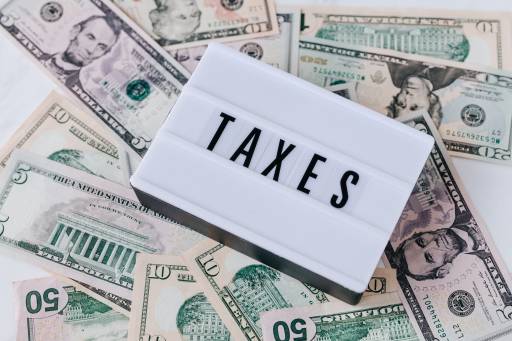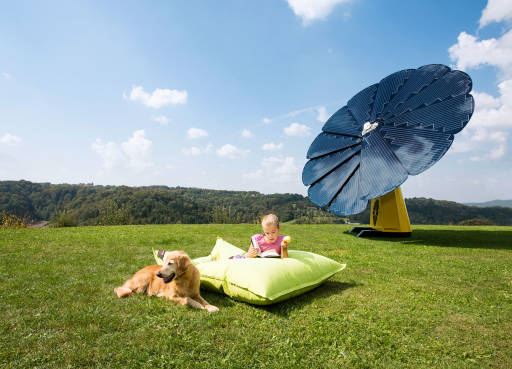Is Nuclear Safe? 7 Pros and Cons to Consider
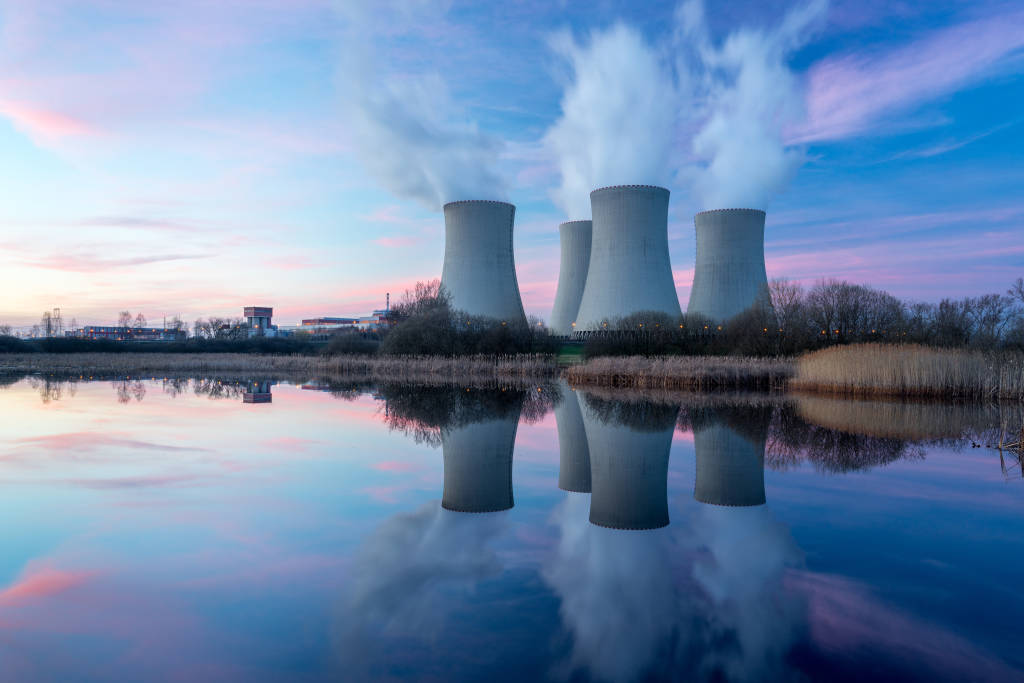
The first time I heard about nuclear energy in the US, I was definitely curious, but a part of me also had some major concerns and questions. I thought back to Chernobyl and how that that impacted public safety and the environment — is it worth it to invest in nuclear energy? Yes, nuclear energy can provide abundant power, but is the risk worth it?
The topic of nuclear energy and its potential to eliminate the use of fossil fuels is surrounded by controversy. Nuclear energy presents itself as a promising substitute for fossil fuel electricity due to its ability to generate electricity on a large scale without emitting greenhouse gases and is often seen as a potential solution for mitigating climate change.
However, like any form of energy production, nuclear energy also comes with its own set of advantages and disadvantages.
But first…
How does nuclear energy work?
Nuclear energy is the energy held in the nucleus of an atom and is generated through two main processes: nuclear fission and nuclear fusion. It's most commonly fueled by uranium, but sometimes plutonium and thorium.
Nuclear fission is a reaction where the nucleus of an atom splits into two or more smaller nuclei, which then releases heat energy that can generate steam and then be used to turn a turbine to produce electricity. 🔥
Nuclear fusion is nuclear reaction where two or more atomic nuclei collide at a very high speed and fuse to form a new type of atomic nucleus, while releasing a massive amount of energy. 🔋 Fusion has the potential to generate four times more energy per kilogram of fuel than fission. However, nuclear fusion has not yet been successfully demonstrated at a commercial scale.
Sounds great, right?
In theory, nuclear energy should be an easy win but there are some definite downsides, like nuclear waste.
What is nuclear waste?
With any form of energy generation, there is waste. However, when it comes to nuclear waste, the nuclear sector takes full responsibility for all of its waste.
When it comes to nuclear waste, it may not be what you expect it to be.
Unlike what we’ve seen on TV, nuclear waste isn’t a bright green goo that looks like it’s moments away from creating a disaster. It’s actually solid and stored in steel and concrete canisters that are designed to withstand any conditions.
This waste is a product of nuclear reactions and there are three types with varying levels of radioactivity.
There's different types of nuclear waste?
Yup!
There’s low, intermediate, and high. A majority of the waste, 90% to be exact, is composed of lightly contaminated items. This includes tools, clothing, rags, mops, and reactor water used during daily operations. These low level waste items are stored on site, temporarily until items are no longer radioactive. After this, they can be disposed of like ordinary trash.
High level waste is mostly made up of spent fuel (or nuclear fuel), which is the waste from nuclear reactions. This accounts for 3% of the total volume of waste, but contains 95% of the total radioactivity.
Spent fuel is solid and is made up of small ceramic pellets of low-enriched uranium oxide. The thing with depleted uranium is that its radioactivity increases rather than decreases over time. Radioactivity only peaks after one to two million years, at which point the product decays as fast as they are generated…that’s a really long time.
On the good side, spent fuel is safely and securely stored at more than 70 reactor sites across the country, with 25% of these sites no longer in operation. The spent fuel are safely stored in wet or dry facilities until a more permanent disposal solution is determined by the federal government.
There is also possibility of recycling spent fuel to make new fuel and byproducts but unlike foreign countries, the US is not doing this.
@wildgridhome the need-to-know on nuclear! ☢️☢️#nuclearenergy #fossilfuelfree
♬ Aesthetic - Tollan Kim
The environmental impacts of nuclear energy
Nuclear reactors play a significant role in the United States' energy production, accounting for approximately 20% of the electricity generated in the country.
One of the key advantages of nuclear energy is its ability to produce electricity using minimal amounts of fuel. Compared to fossil fuel power plants, nuclear power plants emit very little carbon dioxide during operation, making them a low-carbon alternative.
However, it’s important to acknowledge that the process of mining and extracting uranium can have notable impacts on local ecosystems and communities.
Uranium is a heavy metal that possesses chemical toxicity and radioactivity. Those involved in uranium mining can be exposed to low-level radioactivity, which has been associated with adverse health effects.
Studies have shown potential health risks among uranium miners, including an increased incidence of cancer, a shortened lifespan, and subtle changes in fertility or viability of offspring, as observed in studies on the survivors of Hiroshima and Nagasaki bombings.
The Chernobyl disaster also highlighted the devastating consequences of exposure to radioactivity on both human health and the environment.
Nuclear energy is a powerful resource with plenty of positive and negatives to consider…
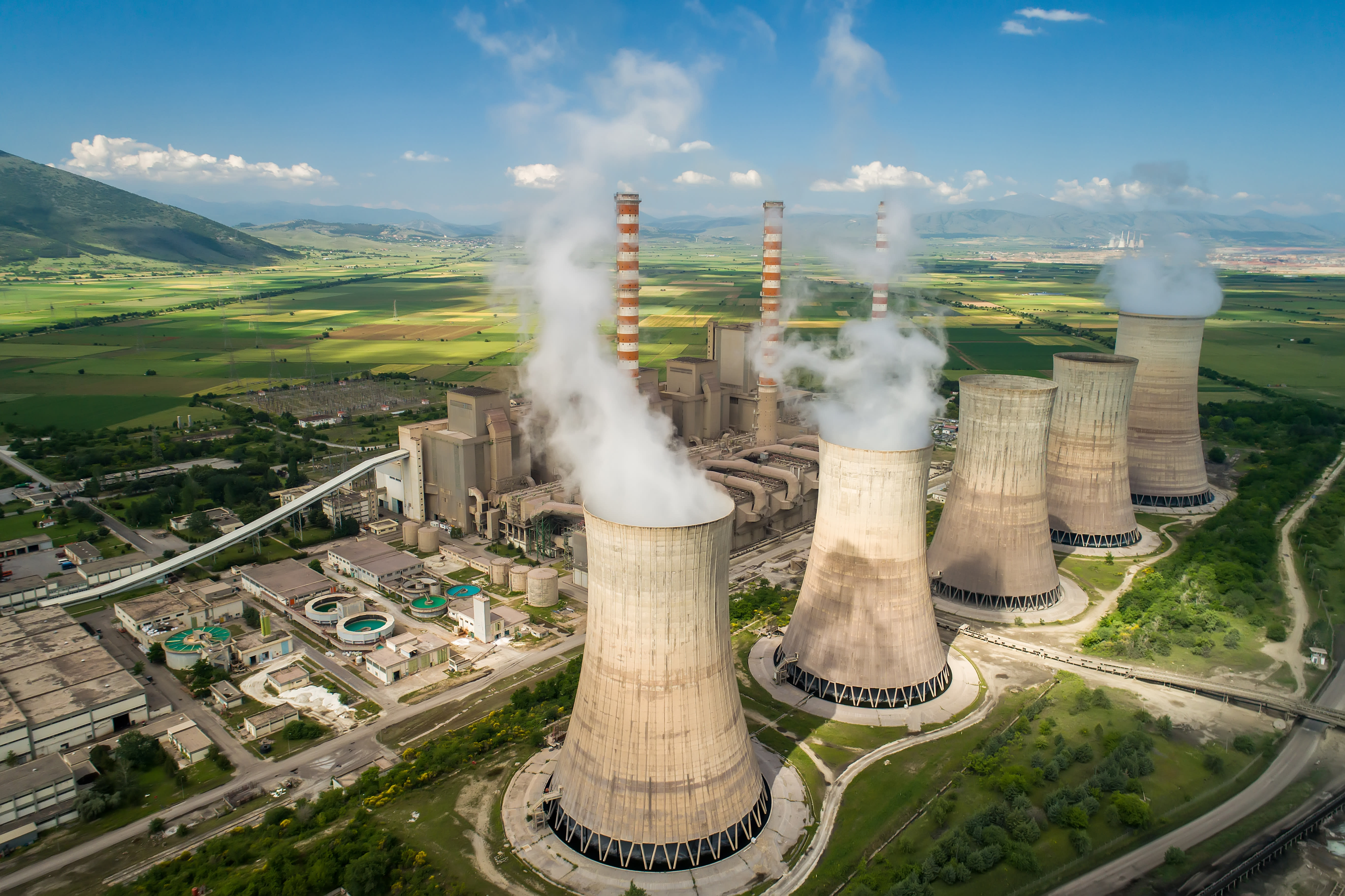
3 pros of nuclear energy
Let's start positive, with a few of the significant advantages of nuclear energy:
👍 Produces a significant amount of energy using little fuel. Nuclear power is considered a baseload power, meaning it can produce a substantial amount of electricity using relatively small amounts of fuel. This makes it an efficient and cost-effective option for generating power.
☀️ A low carbon alternative to fossil fuels. Nuclear power plants emit very little carbon dioxide during operation, this aspect is particularly important when it comes to climate change, as nuclear energy can help us produce electricity while helping us significantly reduce our carbon emissions. However,
🤏 Produces very little waste. Unlike coal-fired power stations, nuclear power plants produce very little waste. For instance, a typical 1,000 megawatt nuclear power station produces thee cubic meters of high level waste per year. In comparison, a 1,000 megawatt coal-fired power station produces 300,000 tonnes of ash and more than 6 million tonnes of carbon dioxide per year.
4 cons of nuclear energy
Nuclear energy isn't all good. Here are a few of the disadvantages to nuclear energy experts usually point to:
🚫 Expensive and takes a long time to build. The time between planning and operating a nuclear power plant is typically quite long due to regulatory requirements, safety assessments, and public consultation processes. This can lead to delays and increased costs. On top of that, constructing and maintaining nuclear power plants can be expensive, requiring significant investments in infrastructure and safety measures.
🆘 There are public health concerns. While modern nuclear power plants have multiple layers of safety mechanisms to prevent accidents, the risk of a nuclear meltdown can never be entirely eliminated. The potential release of radioactive materials during such an event poses significant threats to public health and the environment.
❗️Risk of nuclear weapons. As the ability for nations to obtain or harvest uranium increases, there is fear that countries will use it to create nuclear weapons.
⛔️ Byproduct of nuclear energy is radioactive. The management and disposal of nuclear waste are still an ongoing challenge. Although waste is safely and securely stored, radioactive waste produced by nuclear power plants remains hazardous for thousands of years and requires careful handling and long-term storage. There is public concern as it’s extremely toxic and can cause burns and increase the risk of cancers, blood diseases, and bone decay.
Is nuclear energy renewable?
Renewable energy is energy from natural sources that can be replenished at a higher rate than they are consumed. Some examples of this are solar and wind energy. Unlike solar and wind, nuclear energy would not be considered a renewable energy because the uranium that is used for nuclear power generation is limited.
Although this is the case, there are some who would say nuclear energy is renewable because uranium reserves are estimated to last longer than fossil fuels.
So…what do you think? Is nuclear energy renewable?
